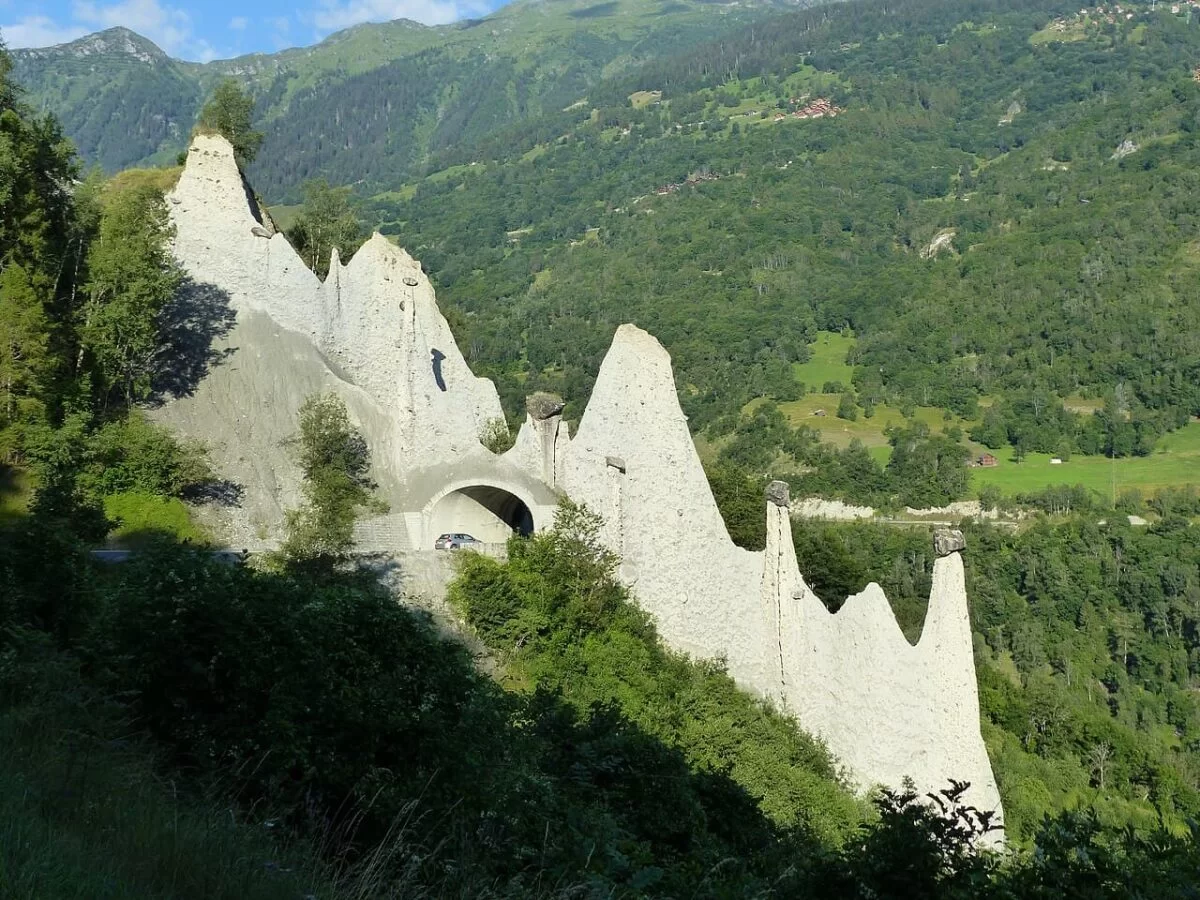In the historic center of Alkmaar in the Netherlands, a team of municipal archaeologists made an extraordinary discovery during the renovation of a building on Achterdam Street: a section of an ancient floor partially composed of animal bones. These types of findings are extremely rare and, to date, have only been documented in the North Holland region.
The team uncovered an old brick plaza with areas where tiles were missing, which had been filled with bones. The bones specifically belong to the metacarpals and metatarsals of cattle, precisely cut to the same height.
Interestingly, the bones are meticulously arranged, with the upper or lower parts uniformly oriented in each space. While it initially appears to be a practical solution to repair the surface, the pattern suggests a more deliberate intention.
Nancy de Jong, a representative of the archaeology team, expressed her excitement: “It is a privilege to discover elements from the past and contribute new information about the history of Alkmaar. This type of floor is highly unusual and, so far, has only been found in cities like Hoorn, Enkhuizen, and Edam, always in combination with tiles and generally dating back to the 15th century.”

The Heritage Councillor, Anjo van de Ven, celebrated the discovery, emphasizing the importance of municipal archaeologists in renovation projects: “Discovering this kind of flooring reminds us of the wealth of stories hidden beneath our cities. Every time the team finds something, I am amazed at the tales these objects can tell us.”
Although the exact dating of the floor is still under investigation, it is speculated that it could date back to the 15th century, preceding the construction of the current building, which dates to 1609. Archaeologists are also questioning why bones were used instead of additional tiles. It might have been an economical solution or related to the trade practiced at the location during that time.
The archaeology team will continue examining the floor’s extent and any clues regarding its use. Additionally, they will investigate whether the bones bear marks or signs of wear that could reveal further details about their purpose.
This discovery once again highlights the importance of urban archaeology in understanding the practices and customs of past eras, as hidden stories continue to emerge from beneath Alkmaar’s streets.
Discover more from LBV Magazine English Edition
Subscribe to get the latest posts sent to your email.

















